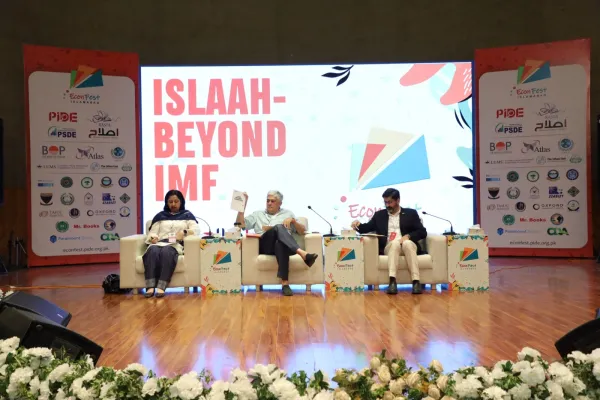i ECONOMY
The increasing cost of manufacturing in Pakistan negatively impacts the demand for local products in both domestic and international markets. By learning from China's cost-effective manufacturing policies, Pakistan can enhance its product competitiveness in these markets, Shahid Iqbal, Senior Research Analyst at the Ministry of Planning, told WealthPK. Shahid said that the manufacturing sector can be uplifted through policies aimed at reducing the cost of manufacturing. According to the World Bank, the industrial sector’s share in China’s GDP is around 30% and is deeply intertwined with global value chains. The Chinese government, he said, provides affordable and uninterrupted electricity to the manufacturing facilities that ensure product competitiveness in the global markets. Pakistan's economic infrastructure is highly dependent on electricity as a critical input, where electricity expenses constitute more than 50% of production costs.
“The rising electricity costs have already compelled numerous steel plants to shut down their operations, while the remaining ones are operating far below their capacity. At present, the average base tariff is set at Rs29.78 per unit. When factoring in taxes and supplementary fees like fuel adjustments, quarterly adjustments, and surcharges, the cost of one unit surges to over Rs50. Upon comparison, it turns out that the electricity prices in Pakistan are 58% greater than those in Vietnam and 53% higher than in Bangladesh and China. According to Shahid Iqbal, reduction in the manufacturing costs is closely associated with the adoption of contemporary technology across various industrial processes. China is effectively advancing its industrial sector by implementing cutting-edge modern technologies.
Sourcing raw materials from within a country significantly influences the ultimate price of a product. When raw materials and intermediary goods are not obtained from domestic supply chains but are imported, it tends to elevate the production expenses, he said. In contrast to Pakistan, China has a strong base of small and medium-sized enterprises (SMEs), which serve as the providers of intermediate goods. For instance, Chinese SMEs supply intermediary items such as buttons, threads, and zippers for the garment sector. Moreover, China has heavily invested in infrastructure, including transportation and communication networks, which has reduced transportation and logistics costs. Efficient infrastructure also enables the movement of goods and raw materials more effectively, he added.
Concluding, the planning ministry’s senior research analyst said, “China has been investing heavily in research and development (R&D) and innovation. By doing so, they are reducing the cost of manufacturing through improved technology and processes. On the contrary, Pakistan spends only 0.2% of its GDP on R&D”.
Credit: Independent News Pakistan (INP)









